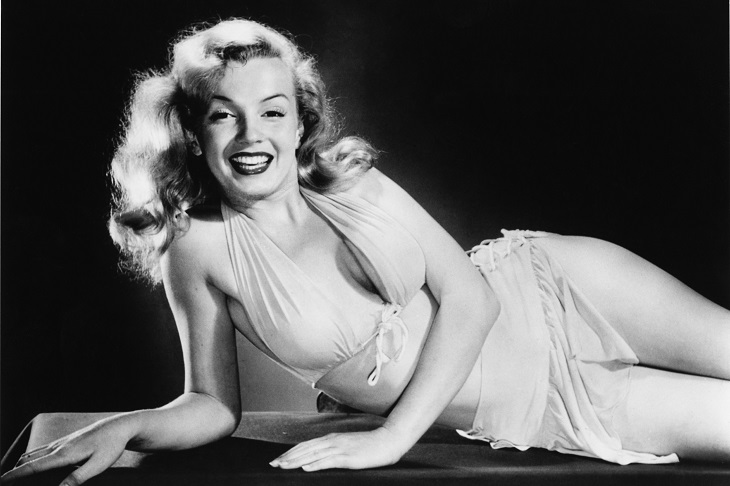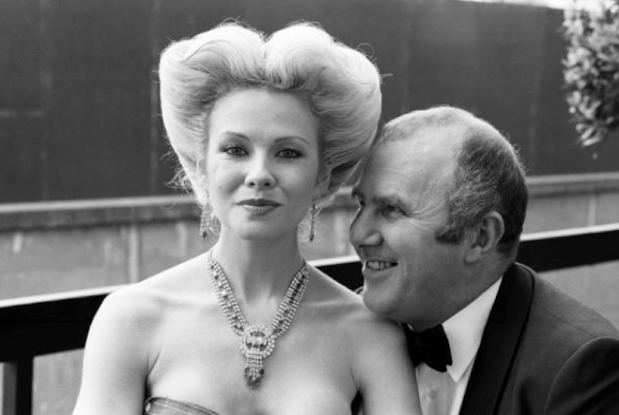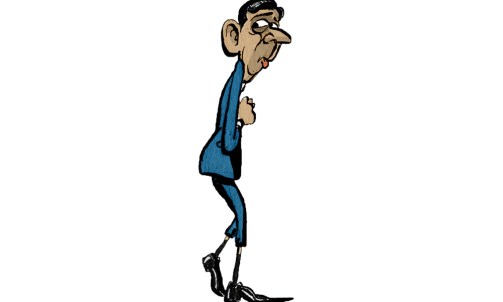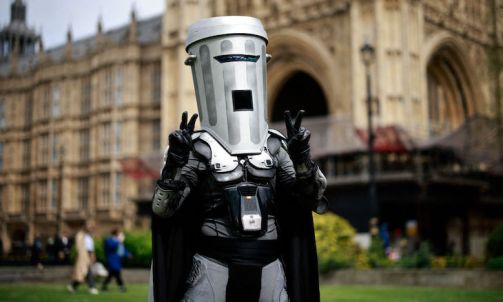‘Deleb’ (as in dead celebrity) is a label used in show-business to describe a deceased star, celebrity, or artist whose estate continues to bring in the big bucks long after their death.
In 2013, it was reported by CBC that the ‘Deleb market’ was worth a whopping US$2.25 billion in annual licensing and revenues. Goodness knows how much the market would generate today – a decade later.
According to an article published in The Atlantic Marketing Journal by Professor Denver D’Rozario and Dr Guang Yang:
‘[The] practice of endorsing products and offering testimonials in advertisements actually began with common people. It then expanded to celebrities and eventually brought in their dead counterparts. Much of this dates from the period before the Civil War.’
Fast forward to the mid-to-late 1910s and celebrity worship was beginning to get itself into full swing with the creation of the Hollywood ‘star system’ along with Photoplay (America’s first movie-fan magazine) which launched in 1911.
But now dead celebs are all the rage and have been for decades. The popularity of ‘delebs’ in marketing and advertising continues to skyrocket every year. So much so that Forbes Magazine has been doing an annual ‘Highest Paid Dead Celebrities’ column since 2001.
In 2022, Lord of the Rings author and philologist J.R.R. Tolkien topped the Forbes ‘Delebs’ list in the battle of the ‘graveyard earnings’. The author died 50 years ago but earned US$500 million ‘from the sale of Middle-Earth Enterprises, which handles intellectual property rights for motion pictures, video games, merchandise, and more to Swedish gaming company Embracer’.
Dead celebs are popular because they tend to be less expensive (and troublesome) when it comes to brand collaborations.
When I recently discovered that a German sex toy company had turned Marilyn Monroe into a clitoral massaging sex toy – I felt enraged. Hasn’t this late superstar of the 1950s/60s been objectified enough? Used and abused by the studio system and passed around like a plate of hors d’oeuvres amongst studio execs…?
The product website says it honours the Hollywood icon with an elegant, joyful tribute and that her powerful and positive legacy is the inspiration for its gorgeously silhouetted toy.
Breathtakingly elegant and special? Joyful and free-spirited? I asked Australian film historian, critic and author, Dr Dean Brandum what he thought about ‘Delebs’ and the memory of Marilyn Monroe. This is what Dr Brandum told me:
‘I would say it all began in 1997 when the widow of Fred Astaire allowed the footage of him dancing with a mop from Easter Parade (1948) and a hatrack from Royal Wedding (1951) to be superimposed with a ‘Dirt Devil’ vacuum cleaner. So disgusted was his daughter, Ava, that she returned her Dirt Devil to the company (as it happened, it had broken down before its warranty, anyway). For Dirt Devil the then primitive technology proved costly to achieve the result. However, its resulting advertising binge (including the NFL Superbowl) made the advertising spot a much remarked upon (albeit lucrative) TV moment, no matter the discourse of disdain over the ethics involved.
It sadly comes as no surprise that the name of Marilyn Monroe and, by association, all her icon entails, has now been licensed to market a sex toy. The 21st century has witnessed the waning of the traditional, global ‘star’, a phenomenon replaced by an incessant line of grifting influencers who exist not to create art but brands. Marilyn has been dead for over 60 years, but her legacy contains an integrity that continues to resonate in a world where such a quality is rare. It is a depressing irony that Monroe’s greatest wish was to be valued as more than just a sex toy. And now her name is attached to one. It is a complete misunderstanding of her essence but sadly apt. I believe she would probably have preferred to have danced with a vacuum cleaner.’
As a 1950s cinephile, the sad part for me is that the average woman using the Marilyn Monroe sex toy wouldn’t even have an understanding of what the 50s starlet was about.
The majority of these ‘feminist’ female users would never have watched one of her movies, never listened to one of her songs and never picked up a book about her life – outlining the incessant sexual abuse she had endured.
Monroe is just a set of measurements to them, 36-23-36. A blonde dead sex symbol of yesteryear who they can exploit to feel orgasmic and empowered.
Vanessa de Largie is a freelance writer based in Melbourne. You can learn more about her work at vanessadelargie.net
Got something to add? Join the discussion and comment below.
Get 10 issues for just $10
Subscribe to The Spectator Australia today for the next 10 magazine issues, plus full online access, for just $10.


























Comments
Don't miss out
Join the conversation with other Spectator Australia readers. Subscribe to leave a comment.
SUBSCRIBEAlready a subscriber? Log in